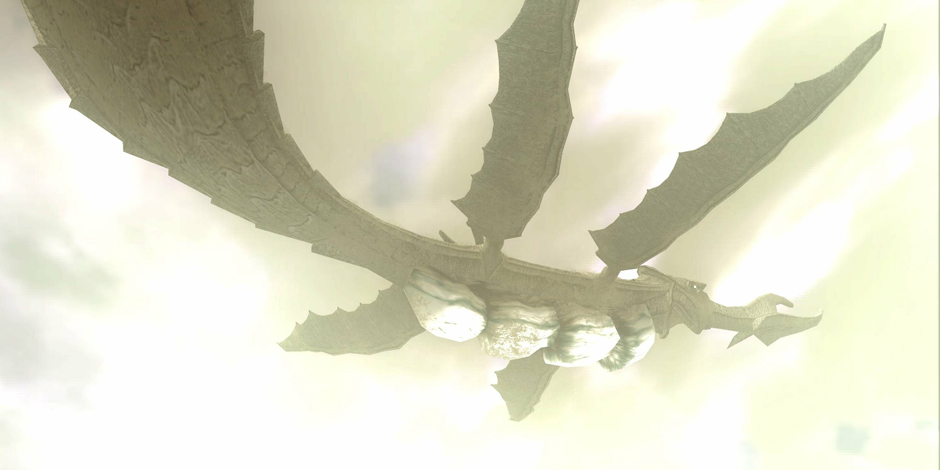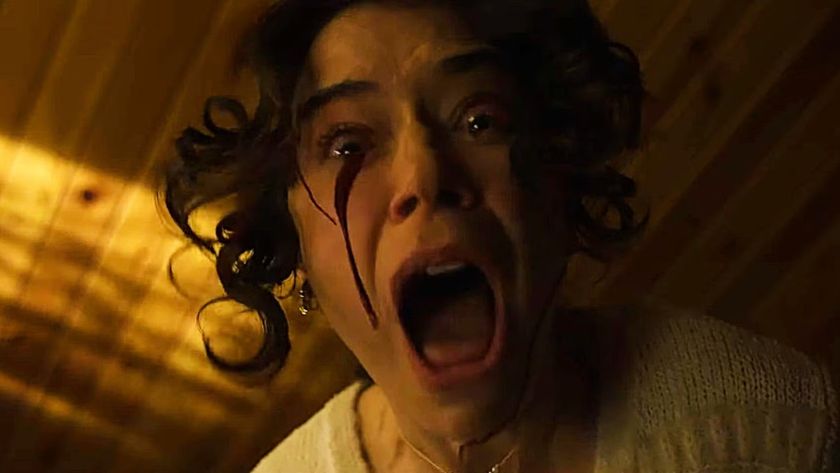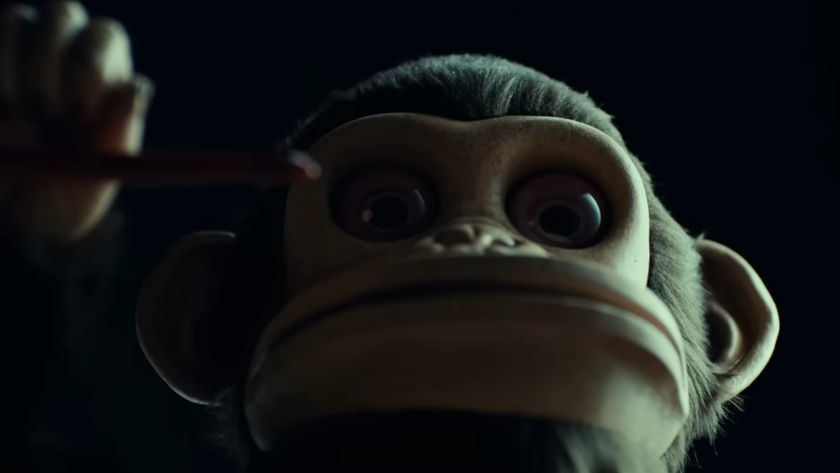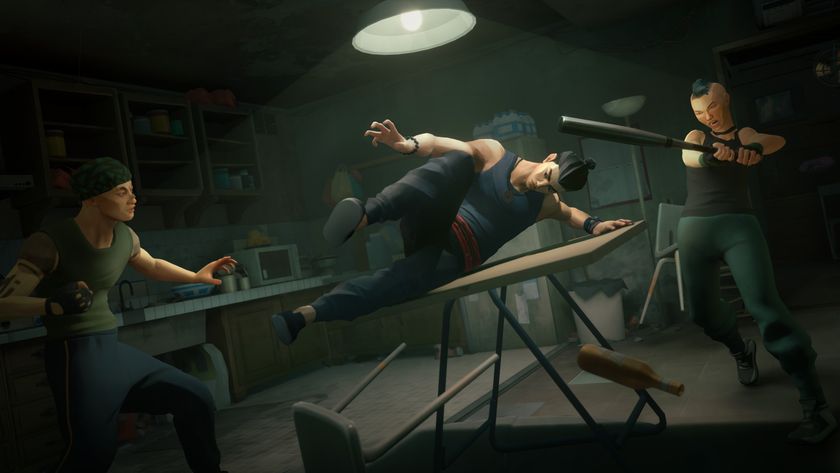Why you can trust 12DOVE
The harder they fall
For a lot of gamers, though, Shadow of the Colossus will be the real reason to pick up the Collection. One of the PS2’s last great games (and the first time a lot of reviewers started using the word “melancholy”), it provoked a lot of discussion, pre-Bioshock, about the nature of free will in games and whether doing things simply because a voice in the sky tells you to is really ever a good idea. It also gave players a chance to climb up the flanks of massive creatures, each one a unique puzzle with hidden weaknesses, and stab the shit out of them. So there’s that.

Revolving around a young hunter named Wander, Shadow’s gameplay is made up of two distinct halves: in the first, you’ll roam around its immense (and immensely varied) landscape on horseback, using beams of light from Wander’s sword as a compass to find the next Colossus. It’s a fairly lonely experience; with no enemies to fight aside from the Colossi themselves, your main challenge is simply figuring out how to navigate the rough terrain (and how best to control your horse, Agro, who kind of has a mind of his own).
Then, when you reach each Colossus’ lair, you’ll have two challenges, the first being how to actually reach said Colossus. This frequently involves picking your way across treacherous ledges and other obstacles that tend to involve a lot of climbing. Then you’ll meet the Colossi themselves. These range from towering, humanoid giants to smaller creatures that look and act like crosses between bulls and tigers. Some are extremely dangerous, while others are almost completely harmless, but either way they’ll all have to die.
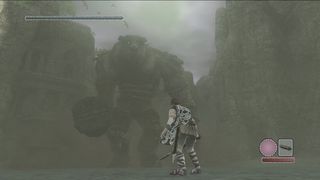
There are 16 of them to hunt, and while each one is unique, the battles tend to follow the same pattern: first, find a way to weaken or distract it enough so that you can grab onto whichever part of it has the most fur. Then, as your grip meter slowly decreases, resist its attempts to buck you off and clamber around until you’ve found its glowing weak points. That’s your cue to stab until either you’ve been shaken off or your massive prey falls over, dead, in moments that aren’t so much triumphant as they are strangely sad.
Ignoring the atmospheric touches, though, we’d forgotten just how much sheer frustration there is in playing Shadow. The landscape’s maybe a little too vast, and although the game’s structured to keep you from revisiting the same areas (unless you want to), getting anywhere is not something you can do in a hurry. Also, when you begin the game, Wander is relatively weak, and so stabbing the average Colossus to death takes ages. This also increases the likelihood that you’ll fall off the Colossus while you’re trying to kill it, which then means you’ll have to repeat whatever you did to reach its weak point in the first place. This can be anything from hitting a weak point with a well-placed arrow to a grueling climb to a lengthy, high-speed horseback ride followed by a hard-to-time jump.
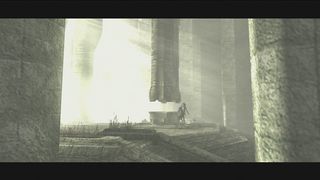
For those of us spoiled by the convenience of modern videogames, this can be extremely annoying, although never quite enough to be outright discouraging. It’s also never enough to mar the fun of discovering each Colossus’ weakness, or of climbing up their massive furry backs and delivering the hard-won death blow. Melancholy or no, there’s a definite satisfaction in bringing down something hundreds of times your size with nothing but strong hands, keen eyes and a sharp hunk of metal, and it hasn’t been dulled by six years of generous checkpoints and easy victories.
In spite of any irritations or hiccups the Collection has, Ico and Shadow of the Colossus were both easy 10s when they were released – and while they’re maybe not quite as impactful now as they were then, they still belong in any serious gamer’s library (especially if said serious gamer missed them the first time around). These are brilliant, memorable, inventive and emotionally involving adventures, and the combination of remastered visuals, 3D options, Trophies and a $40 price tag make them more irresistible than ever.
More info
| Platform | "PS3" |
| US censor rating | "Teen" |
| UK censor rating | "" |
| Release date | 1 January 1970 (US), 1 January 1970 (UK) |
Most Popular




